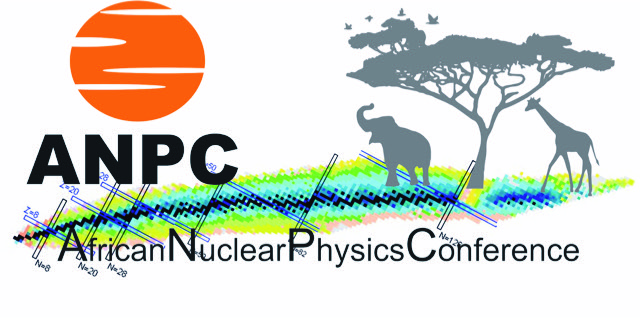Speaker
Description
It is well established that the study of the low lying dipole states, the so called Pygmy Dipole Resonance (PDR), can be fruitful done by using an isoscalar probe in addition to the conventional isovector one due to the fact that their transition densities show a strong mixing of their isoscalar and isovector components[1]. Indeed, the combined use of real and virtual phonons and experiments employing (α,α′γ) as well as (17O, 17O’ γ), for the investigation of the PDR states has unveiled a new feature of these states: the splitting of the PDR. Namely, the energy region of these low-lying dipole states can be separated in two parts: the lower part is excited by both the isoscalar and isovector interactions while the high energy part is populated only by the electromagnetic probes.
A recent experiment[2], investigating the low-lying dipole states above the neutron emission threshold, seems to show that the splitting is not observed in this energy region. Unravel this aspect is of paramount importance to understand this mode, interesting by itself, which has strong implication on the symmetry energy as well as in the astrophysical r-process. Therefore, analysing this mode taking into account its dual aspect, isovector and isoscalar, in the excitation process can shed some light on the structure properties as well as on the reaction mechanisms.
Also in deformed nuclei, until now not extensively studied for the PDR, the use of both isoscalar and isovector probes can bring new perspectives in the study of the low-lying dipole states. Indeed, if the common picture of the PDR were true, namely that this mode can be generated by an out-of-phase oscillation of the neutron excess against a proton plus neutron core, therefore one should aspect to have a separation of the pygmy dipole peak in two bumps. Which is the same mechanism leading to the splitting of the GDR: an out-of-phase oscillation of neutron against protons along the symmetry and its perpendicular axes.
A macroscopic model designed for nuclei with neutron excess shows that a suitable way to investigate the pygmy states in deformed prolate nuclei is through the use of isoscalar probes. The recent experiment performed at iThemba Labs on the deformed 154Sm nucleus studied via an inelastic scattering of α particle at 120 MeV[3] may enlighten and give new points of view about these novel excitation modes.
[1] A. Bracco, E. G. Lanza and A. Tamii, ”Isoscalar and isovector dipole excitations: nuclear properties from low-lying states and from the isovector giant dipole resonance”, to be published on Prog. Part. Nucl. Phys.
[2] N. S. Martorana et al., Phys. Lett. B 782 (2018) 112.
[3] L. Pellegri et al., Project PR251, Research Proposal to the PAC of iThemba LABS.

